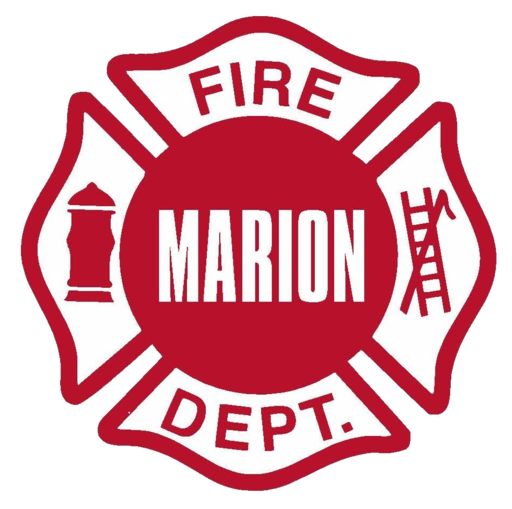Firefighting is intrinsically dangerous and battling a blaze in a building equipped with photovoltaic solar panels only adds to the list of perils firefighters have to confront.
One of the first actions firefighters take when fighting a building fire is shutting down the electrical systems to remove the risk of electrical shocks when applying water to the fire. With solar energy installations, however, that can often be a case of “easier said than done.” These systems don’t always have a simple and readily accessible “off” switch; that’s especially the case with older designs.
Moreover, turning the system “off” only stops the current flowing from the panels into the building’s electrical system; the panels themselves can continue to produce power if the fire occurs during the day. Further complicating matters, the scene lighting used in night-time emergencies could be bright enough to electrify photovoltaic panels.
As a result, when battling fires in buildings with solar panels, firefighters need to be prepared to apply the same tactics used for fighting electrical fires and be continuously aware of electrical shock hazards.
Finally, solar panels are often installed after-the-fact, and the building design is unlikely to have considered the implications of adding more permanent weight on the roof. This isn’t a problem under normal circumstances; building designs typically take into account possible snow loads, for example. When structural elements are weakened by fire, however, the extra weight from a solar energy system could cause or hasten a building collapse. That naturally increases the risk to firefighters searching for people caught inside.
All of these factors add a layer of complexity for firefighters who have to quickly assess the situation and just as promptly devise a response.
Things to keep in mind
Photovoltaic Solar Panels (PV) Systems and House Fires
PV systems may be a hazard in the case of a house fire, particularly if firefighters are not aware that a system is installed. Some of these hazards are as follows:
- The conduit leading from PV panels to an inverter may remain live with direct current even after the main service panel has been shut off. Firefighters who unknowingly sever live lines are vulnerable to electrical shock. Some firefighters carry a “hot stick” that aids them in finding live wires, but it does not detect direct current.
- Solar panels and batteries contain toxic chemicals that may be released in a fire and are dangerous if inhaled.
- PV modules may become slippery and pose a slip-and-fall risk to inspectors, technicians and firefighters.
- Solar panels may block key points and pathways that inspectors, technicians and firefighters would otherwise use to mount, navigate and dismount from a roof.
- PV modules may inhibit ventilation of a fire in prime roof locations.
- The added weight of a solar panel array may lead to roof collapse if the integrity of the structure is already compromised by fire.
Inspectors may want to check for the following design elements that will prevent PV modules from exacerbating the dangers of a house fire:
- Photovoltaic systems should be installed and subsequently inspected regularly by a qualified professional.
- PV systems should be labeled in a clear and systematic manner to ensure that technicians and firefighters can quickly and easily identify key elements of the system. The main service disconnect panel should be clearly labeled on the outside cover, if it is operable from the outside without opening. Both interior and exterior portions of live conduit should be labeled every 10 feet. Batteries should also be clearly labeled.
- A rooftop shutoff valve should be present. This switch could be utilized to disable the direct current running from the solar panels through the conduit.
- The roof should have sufficient pathways and perimeter space around the PV modules so that inspectors and firefighters can traverse the roof safely.
- There should be a section of the roof left vacant so that it may be ventilated, if necessary.
- Check for damage from rodents and other pests, which could compromise wiring or insulation.
- There should be an integrated arc-fault detection device present in the solar panels, which shuts down individual panels in the case of a malfunction, such as arcing.
- During the permitting process when the PV system is installed, the local fire department should be given a set of the plans to refer to in case of emergency.
In summary, photovoltaic solar panels rarely cause house fires directly, but the potential hazards they pose in the event of a house fire can be mitigated with proper installation and preparation. You have have a Photovoltaic Solar Panels (PV) Systems please notify the Marion Fire Department at 618-997-5730 or email us at mfd@marionfire.us please be sure to include your name, address and call back number.
